A Clean Air Zone (CAZ) is an area where targeted action is taken to improve air quality. This usually involves charging certain types of vehicles to travel through the CAZ. Greater Manchester was due to introduce its own CAZ on 30th May 2022, but this has been delayed following a large amount of opposition to the scheme. According to cleanairgm.com, a new Clean Air Plan for Greater Manchester is expected by July 2022.
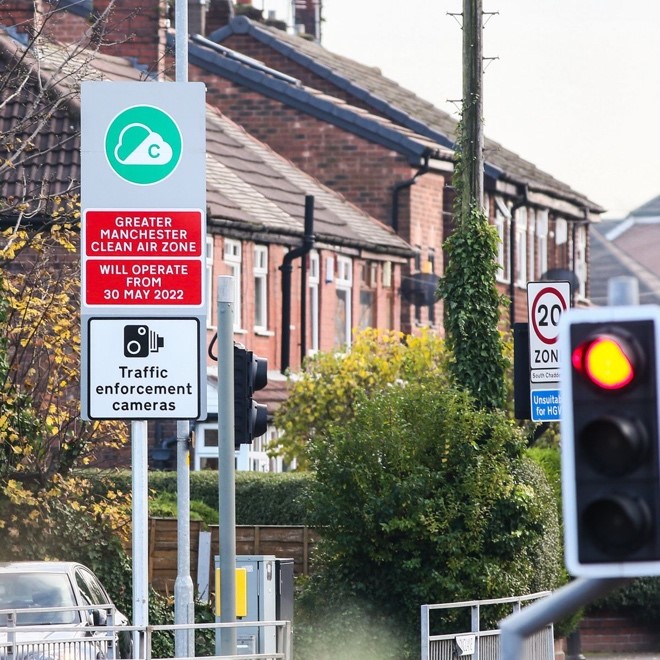
Businesses have overwhelmingly said they would need more time to prepare for the introduction of the scheme due to the impacts of Covid-19. Andy Burnham (the Mayor of Greater Manchester) claimed the scheme had become “unworkable” following the pandemic.
The plan is to charge the most polluting vans, taxis, coaches and lorries that drive into or within Greater Manchester. Such charges could amount to up to £60 per day.
The vehicles targeted are likely to be the very vehicles needing to travel within the zone on a daily basis and so the charges will affect them detrimentally when imposed.
Taxi drivers are particularly fearful and have staged a number of demonstrations against the scheme. The Bolton News reported that many feared they could be quite literally driven off the road and lose their livelihoods as a result of the scheme. The plans have seen groups of taxi drivers host ‘go slow’ protests. Many say they are not in a position financially to upgrade their vehicles to ones which would not incur the charge. They will then be forced to either pay the daily charges, which will necessitate an increase in their fares, passing the cost onto their passengers, or to give up their jobs.
Members of Parliament in Greater Manchester and beyond have also raised their concerns about the Clean Air Zone, which they described as a “crude one-size fits all plan” which is “too disruptive” and too similar to the rejected congestion charge plan from 2008. MP Jake Berry claimed that there needed to be a “total rethink” of the CAZ and Bolton West MP Chris Green has voiced his opposition to the charges, saying he believes it will be negative for business. He is also concerned that, in the future, the charge will not be limited to larger vehicles only but will eventually be levied against all cars.
Companies that deliver in the Greater Manchester area have also hit out at the plans asserting that it would be impossible to buy all new delivery vehicles to avoid the charges.
However, the major backlash caused by this is contrasted by the views of the scheme’s environmentalist supporters. The Zone is considered necessary as Greater Manchester has 152 separate stretches of road on which nitrogen dioxide (a harmful gas which can cause damage to the respiratory system when at elevated levels) is at illegally high levels, spread across every single one of the ten boroughs. This would be the largest such zone in the country.
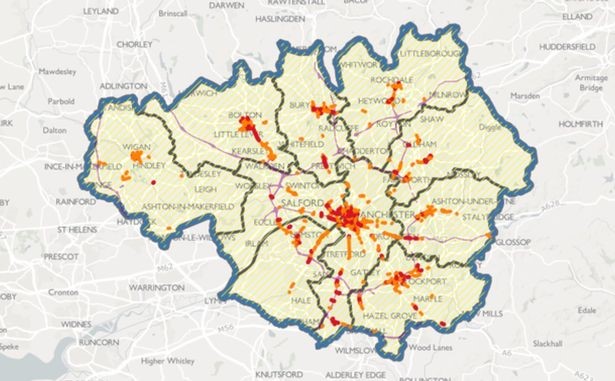
Nitrogen Dioxide can irritate airways in the human respiratory system. Exposure, even for short periods, can aggravate respiratory diseases, particularly asthma, leading to an exacerbation of symptoms (such as coughing, wheezing or difficulty breathing) and an increase in visits to GPs/walk-in centres/A&E and ultimately hospital admissions. Longer exposure may even contribute to the development of asthma and potentially increase susceptibility to respiratory infections. People with asthma/respiratory diseases, children and the elderly (some of the most vulnerable members of our community) are generally at increased risk from the adverse health impacts of Nitrogen Dioxide, hence why the need to address the illegally high levels is so important.
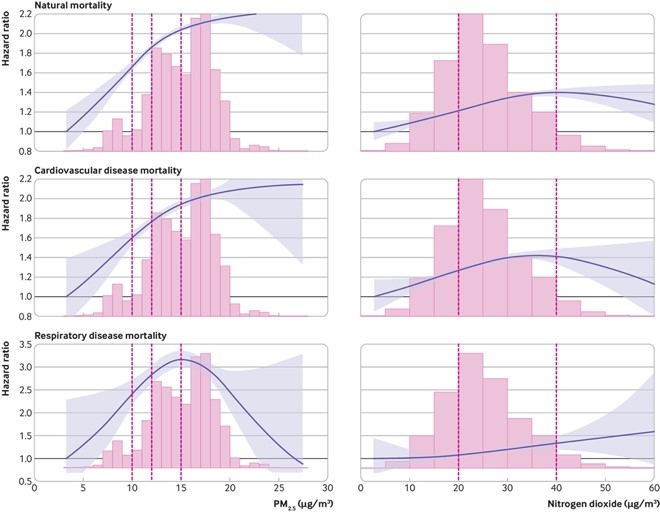
This is clearly not a clear-cut issue. It is important to delve a bit deeper and look further at the advantages and disadvantages of this Clean Air Zone and how it will affect the local community.
Advantages:
The CAZ should help reduce the amount of traffic-based air pollution by acting as a deterrent/reducing the number of journeys made/increasing the use of public transport/encouraging the upgrade of vehicles to more environmentally friendly models. This will then contribute towards achieving the UK’s wider climate goals.
Reducing air pollution delivers real health benefits, such as cleaner lungs, reduced chances of lung, heart, and arterial diseases, decreased asthma and less chances of having a premature death due to the long-term effects caused by air pollution. According to recent research, 10 million people globally die from air pollution every year.
It is estimated to cause more than 1,000 deaths a year in Greater Manchester. As stated above, it tends to be the more vulnerable, such as elderly residents, children with uncontrolled asthma and people living in poverty who really suffer from the effects of pollution.
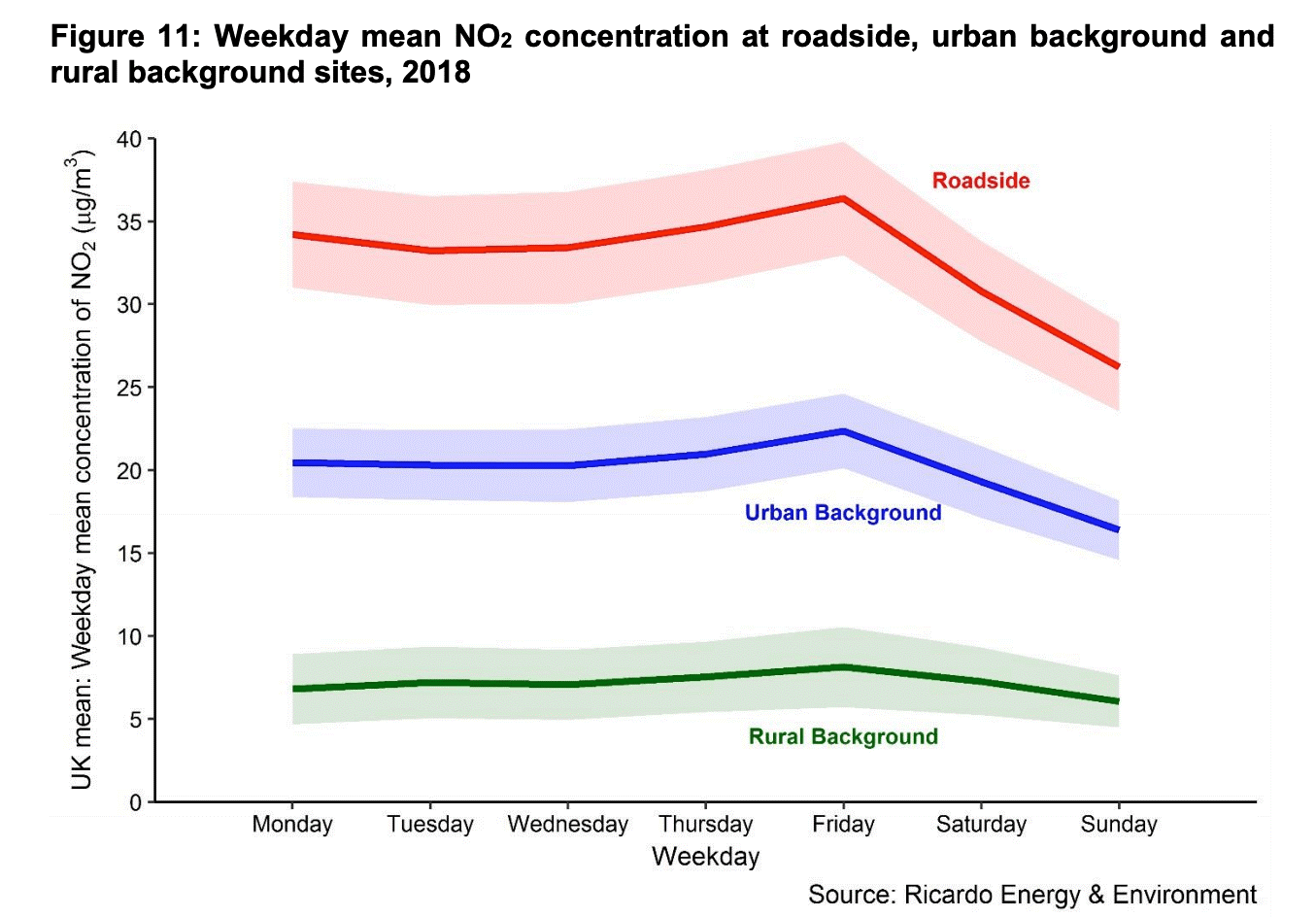
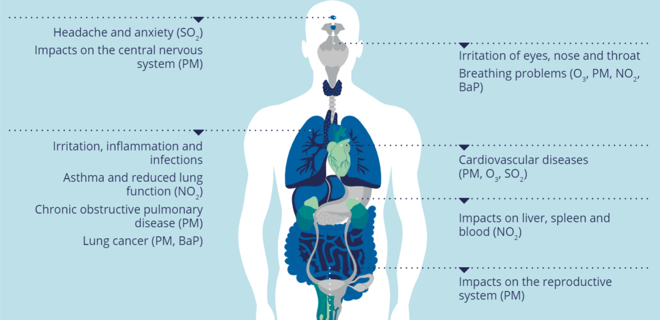
Reducing pollution and improving health can in turn reduce the number of days missed from work due to illness. This can then improve the economy both locally and nationally.
Some concerns over cost have been alleviated by a government compensation scheme that is available to support individuals and businesses make the change to cleaner vehicles (https://financialsupport.cleanairgm.com/).
Disadvantages:
The CAZ is seen as a “van tax”, hitting those working-class people and small business owners the hardest. These are the same people already struggling as a result of the pandemic.
It will also have a major impact on the logistics industry. This could lead to the delivery of goods being delayed. Again, this industry has already been severely hurt by the pandemic and Brexit.
HGV drivers may have to downsize their vehicles in order to comply with restrictions. This could result in 10 vans on the road instead of one HGV vehicle, meaning more vehicles on the road, not less and possibly more pollution. Similarly, it could push more vehicles out of town, creating longer journeys and consequently more pollution.
If businesses go under or have to sacrifice employees in order to survive the additional cost of the CAZ charges, then this will have a negative impact on the local/national economy.
Finally, changes in the vehicle market could mean that it would be difficult to proceed on the current basis without causing real hardship to some of the vulnerable residents in the community. This can be seen through the petition calling an end to the CAZ, which has attracted nearly 20,000 signatures and a Facebook group named “rethink the clean air zone” has more than 27,000 members!
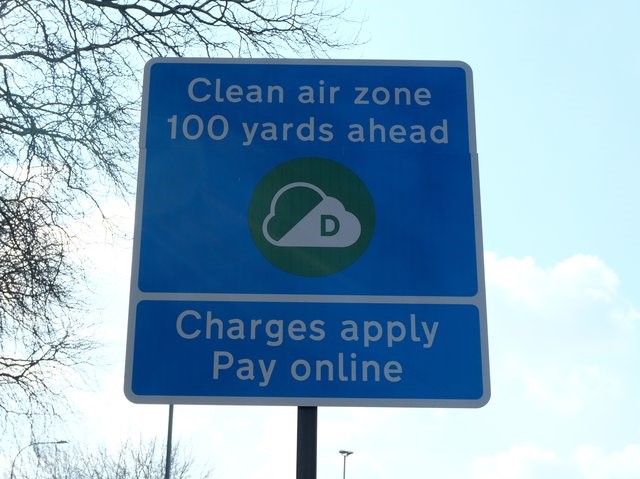
Whilst researching this article, the Greater Manchester councils voted to refer the Clean Air Zone back to the government. In a recent tweet, Andy Burnham said: “GM has tried in good faith to make the Government’s legal direction work. However, changes in the vehicle market mean it is impossible to proceed on the current basis without causing real hardship to some of our residents. We remain committed to tackling illegal levels of air pollution in GM as soon as possible. This decision opens up the space for urgent, joint discussions with the Government about potential changes to make the scheme fair for everyone.”
In conclusion, there has been a huge backlash to the scheme, resulting in all ten local authorities requesting the secretary of state to carry out an urgent and fundamental review. The intention of the scheme is undoubtedly admirable and, in many ways, necessary, but will the scheme do more harm than good? If, when and how the scheme comes into force remains to be seen. Watch this space!
Isabelle Martin